“Music gives such pleasure that human nature cannot live without it, ” said Confucius. Music is essential says Victor Hugo because “ it expresses what cannot be put into words and what cannot remain silent.” The acclaimed neuroscientist, cognitive psychologist and musician Daniel Levitin explores the mystery of music and how music affects our brains, thoughts and our spirit. He says : The moods that music creates are part of its mystery. What most of us turn to music for is an emotional experience. Because music has the power to induce a certain emotion that will bring back a certain …
Category: Videos
A master musician, an influential thinker and jurist, Ostad Elahi ( 11 September 1895 – 19 October 1974) said : “Music has countless properties, most of which have yet to be discovered.” Born in a small remote village in Iran, he grew up in a spiritual milieu where mystical traditions reigned everyday life. He was devoted to music very early on in his quest for meaning, self-knowledge, and transcendence. By the age of nine he was recognized as “ a peerless master of the tanbur ”, yet he only played it for himself. Occasionally, his relatives and visitors would …
“When you die, you actually know you are dead because your consciousness continues to exist …” says Sam Parnia, director of the first critical care and resuscitation research lab in the world at New York’s NYU Langone Medical Center. Known with his AWARE research, his lab has been studying hundreds of people who had Near-Death Experience (NDE) – who were clinically dead but were brought back to life by resuscitation after a cardiac arrest. The time lapse in-between actual death and coming back to life varied in each case from a few seconds to more than 20 minutes . …
There is geometry in the humming of the strings, there is music in the spacing of the spheres. Pythagoras (circa 570 BC), the wise philosopher and polymath put forth that the universe as a whole was composed of harmony and numbers. The planets and stars move according to mathematical equations, their movements correspond to musical notes and that the Sun, Moon and planets all emit their own unique hum based on their orbital revolving. Their orbital resonance generates an inaudible symphony which he called Musica Universalis —music of the universe. The seventeenth century astronomer Johannes Kepler (1571-1630), inspired and intrigued …
Mars, the mysterious red planet named after the Roman God of War has occupied the extraterrestrial fantasies of the humans inhabiting the earth since ancient times. Seeking life on Mars or chances of colonizing Mars, or the contrary, anticipating Martian attacks on earth, have always inspired astronomers, film makers and storytellers. Among the sky watchers, the pioneer was the Italian astronomer Giovanni Schiaparelli (1835-1910) who geared his telescope ceaselessly to observe Mars. He chalked out the red planet’s surface, demonstrating its seas and continents on the map. His most ground breaking observation was the dense …
Cruising through the fairy tales of the renown Danish writer Hans Christian Andersen (1805-1875) has been my favorite ride at Tivoli Gardens, Copenhagen. The well-known scenes from his universal fairy tales are artfully designed and animated in this popular amusement park founded in 1843. What was magical about the ride was the realness of the scenes staged in a surreal sojourn across the fairy tales. One could easily be incarnated as part of the scenes amidst the heroes of the story. To complete the “going into the book experience, ” the epitome of the tale is heard from a …
There is geometry in the humming of the strings, there is music in the spacing of the spheres. Pythagoras (circa 570 BC), the sage philosopher and polymath was born on the Greek island of Samos. Renown by his fundamental theory of mathematics and his studies on the pre-existing link between music and mathematics, he demystified the music of the planets of our solar system which he defined as musica universalis – the music of the spheres. Attesting to the fact that the planets and stars move according to mathematical equations, their movement correspond to musical notes and each emit their …
In her heartening story, Amy Cuddy speaks about how she reconstructed her body language and her mindset at the turning points of her life, and how it reaffirmed her presence in the world. You can watch below.
It is an extraordinary exhibition where there is no museum, there are no solid paintings and yet it is a feast for all the senses and for the soul. Vincent Van Gogh’s (1853-1890) genius brushworks become alive in a mesmerizing movement of images, colors, light and sound. The irises, sunflowers, olive groves, haystacks, his self-portrait and more, are all projected for 30 minutes on a surface of 3300m², covering all over from the floor across the walls and up to the ceiling 10 meters high. It is an exhilarating experience. The “multisensory” digital art exhibition plunges one into a world …
Piece of music with transcendent quality, worth listening here below




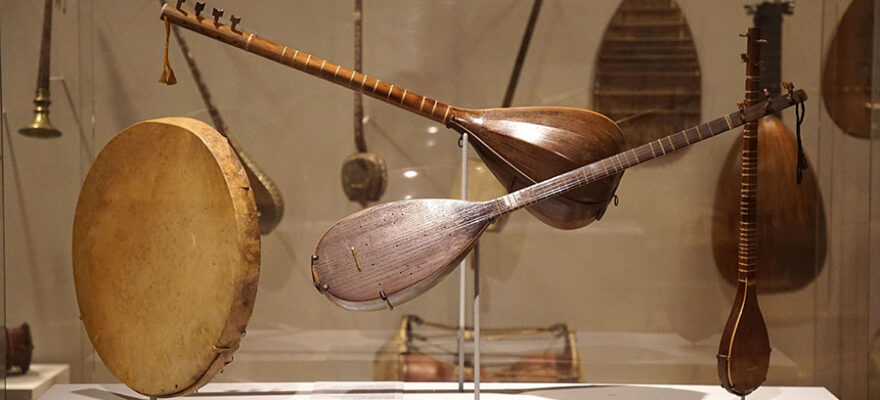
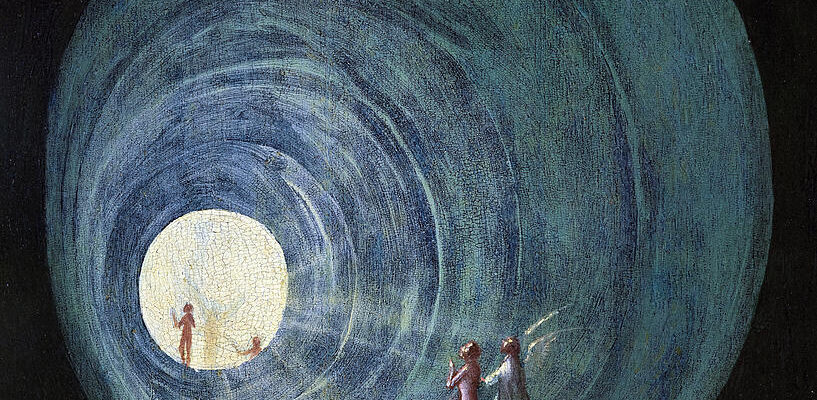

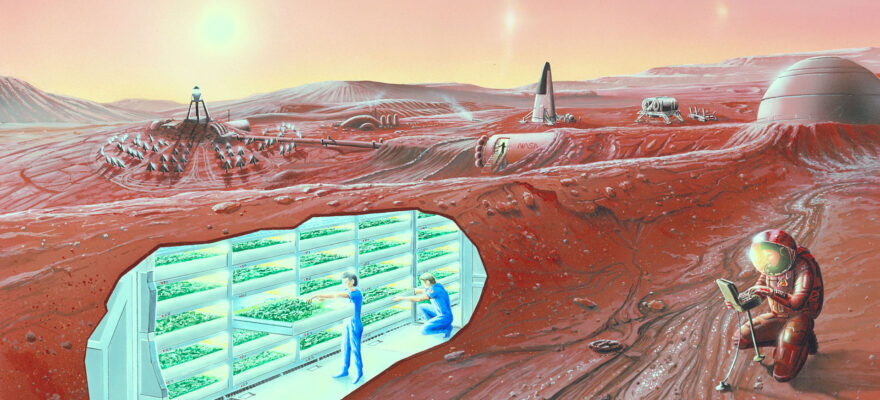

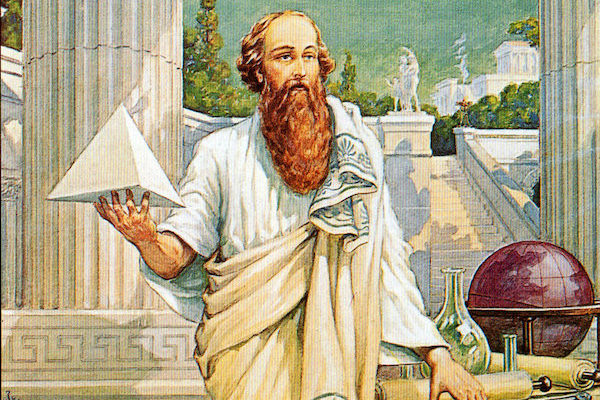
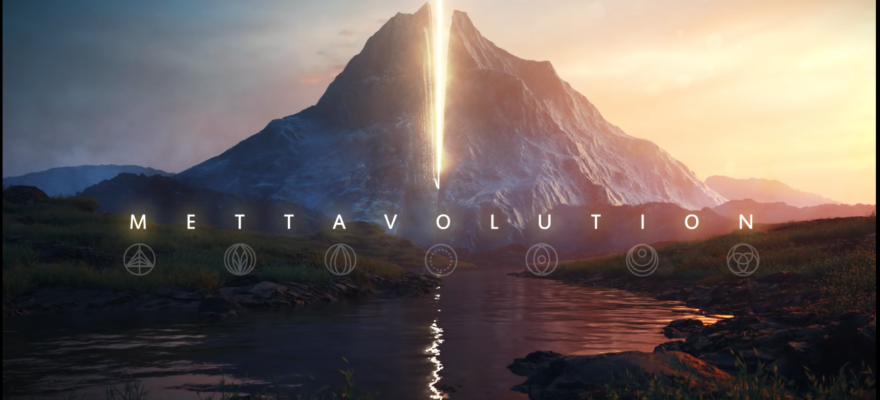





Social Profiles